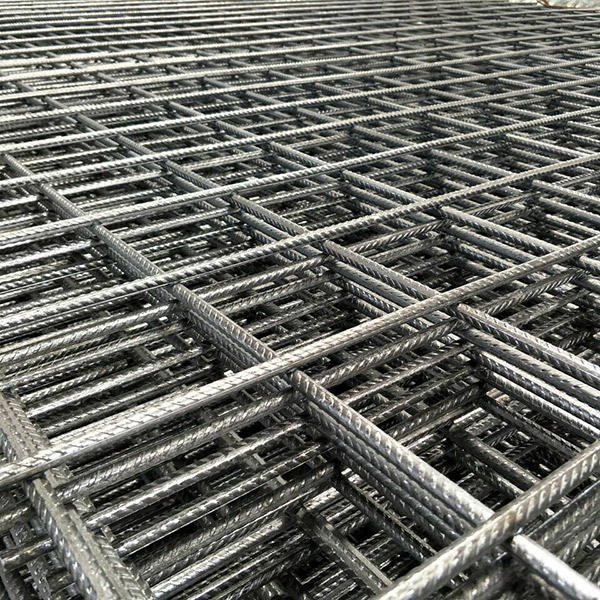Okt . 31, 2024 02:28 Back to list
barbed wire
Barbed wire, an invention that has played a pivotal role in human history, embodies a fascinating intersection of utility and symbolism. Since its inception in the late 19th century, barbed wire has been used for various purposes, from agricultural fencing to military applications, and has become a poignant representation of division, conflict, and protection.
Invented by Joseph Glidden in 1873, barbed wire revolutionized farming practices in the United States. Prior to its development, cattle ranchers faced significant challenges in keeping their herds contained and protecting crops from livestock. The innovative design of barbed wire, featuring sharp edges and barbs that deterred livestock from pushing through, allowed for efficient fencing and contributed to the expansion of the agricultural frontier. With its affordability and effectiveness, barbed wire quickly became a staple on American farms and ranches, transforming the landscape and enabling farmers to establish boundaries on the vast prairies.
However, the utility of barbed wire extends far beyond agriculture. As tensions rose in various parts of the world, particularly during the two World Wars, barbed wire became synonymous with conflict and military fortifications. It was used extensively in trench warfare to impede enemy movement and protect soldiers, becoming an iconic symbol of the brutality and harshness of war. The sight of barbed wire fences often evokes feelings of entrapment and danger, a stark reminder of the physical and emotional barriers that separate individuals and communities.
barbed wire

In contemporary society, barbed wire continues to serve as a means of demarcation and control. It is often employed in prisons, military bases, and other secure facilities to prevent unauthorized access. Furthermore, it has been used in the construction of borders, particularly in countries grappling with immigration and security issues. The barriers created by barbed wire not only reflect governmental attempts to control movement but also highlight the complexities of human migration, the fight for freedom, and the often-controversial nature of national security.
Beyond its practical implications, barbed wire resonates on a deeper level as a symbol of division. It serves as a metaphor for the barriers that exist in society—not just physical ones, but also emotional and psychological dividing lines that can keep individuals apart. In art and literature, barbed wire often finds its way into expressions of suffering, isolation, and the struggle for freedom. It forces us to confront the darker aspects of human existence, reminding us of the struggles that exist within and between communities.
In conclusion, barbed wire is much more than a simple fencing material; it has evolved into a powerful symbol of protection, conflict, and division throughout history. As we navigate our increasingly interconnected world, the lessons we derive from this simple yet stark invention compel us to reflect on the ways we construct barriers—both tangible and intangible—and challenge us to seek connections instead of divisions.
-
Welded Wire Mesh for Industry | Factory Direct & Durable Solutions
NewsAug.19,2025
-
Chain Link Fence-Anping County Puersen Hardware Wire Mesh Co., Ltd.|Durable Security&Versatile Applications
NewsAug.18,2025
-
Glass Food Storage Jar with Screw Wooden Lid - Anping County Puersen|Heat-Resistant & BPA Free
NewsAug.18,2025
-
Glass Food Storage Jar with Screw Wooden Lid - Anping County Puersen Hardware Wire Mesh Products Co., Ltd
NewsAug.18,2025
-
Glass Food Storage Jar with Screw Wooden Lid - Anping County Puersen Hardware Wire Mesh Products Co., Ltd|Eco-friendly Durable Storage
NewsAug.18,2025
-
Welded Wire Mesh for Industry | Factory Direct Supplies
NewsAug.18,2025

